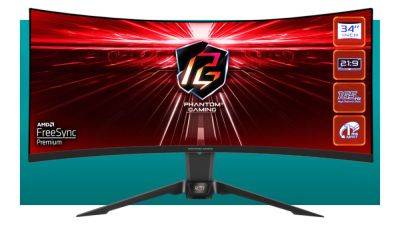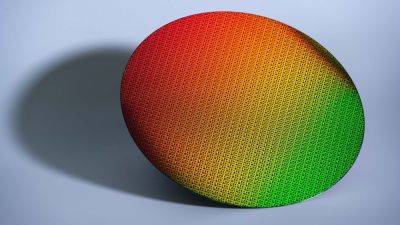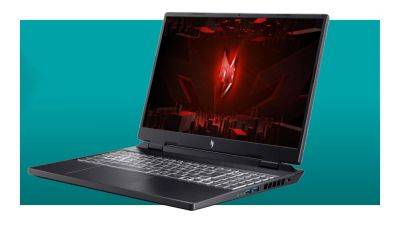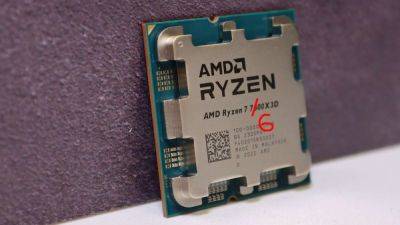Nvidia's new partnership with MediaTek has just killed the module which made G-Sync monitors so damned expensive
Nvidia has announced it has partnered with MediaTek to produce a scaler chip for gaming monitors, that has the full G-Sync feature set built-in. Rather than having to use a separate G-Sync module, display vendors can now use this single chip to bring Nvidia's variable refresh rate system to more products.
In 2013, Nvidia launched G-Sync, a system that allows monitors to vary the refresh rate so that when the GPU has finished rendering a frame, the display can instantly display it instead of having to wait. In that situation, there's a risk of the frame being swapped during the display process, resulting in a 'tear' across the screen.
VRR also greatly reduces any stuttering induced by differences between the display's refresh rate and a game's frame rate.
G-Sync isn't the only variable refresh rate (VRR) technology though, as DisplayPort 1.2 or newer, and HDMI 2.1 both feature it. AMD also has a VRR system called FreeSync, which is based on the DisplayPort version, though it has been substantially improved since it first appeared in 2015.
FreeSync doesn't require any additional hardware inside the monitor, just that the display has to be able to adjust its refresh rate over a given range (e.g. between 30 Hz and 144 Hz). However, if a monitor manufacturer wants to offer full G-Sync support, it needs to purchase and fit a separate add-in board, with Nvidia's G-Sync chip and a little bit of RAM.
That adds to the bill of materials and since FreeSync is also royalty-free, vendors such as Asus, Acer, Gigabyte, MSI, et al have preferred to go with AMD's system (especially since it works with AMD, Intel, and Nvidia GPUs).
Hence why Nvidia has teamed up with MediaTek to produce a scaler chip, with the full G-Sync feature set built into it, including the latest Pulsar technology—this is a system to reduce motion blur, keeping small details as clear as possible, even when whipping the camera about in a game.
Keep up to date with the most important stories and the best deals, as







